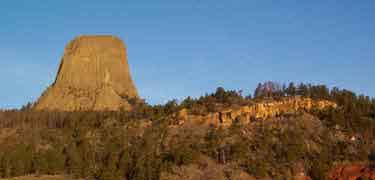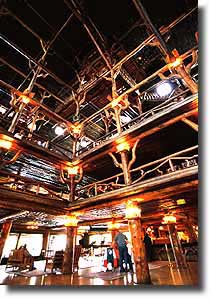On the way to my next National Park, I visited Fort Smith National Historic Site at the Oklahoma-Arkansas border. It was at the edge of indian territory where "hanging judge" Judge Isaac C. Parker presided in the late 1800's. In his 21 years there, he sentenced 120 people to death for which 79 died at the gallows during that tenure. During the anniversary of each hanging, a hangman's noose is hung from the reconstructed gallows. I was there at the anniversary of John Thorton's death.
After learning about the court case surrounding Mr. Thorton's guilt and subsequent hanging, I turned my attention to the nearby memorial to the Trail of Tears.
 Our government forced Native Americans to abandon their homelands, trek many hundreds of miles while experiencing inhospitable conditions, hunger, sickness, and the death of over 10,000 in order to relocate them onto reservation land. My re-focus from the hanging of a guilty few to the death of innocent multitudes was striking. I was, and am saddened and ashamed of this part of our country's past. This picture is looking across the Arkansas River from near the Trail of Tears Memorial.
Our government forced Native Americans to abandon their homelands, trek many hundreds of miles while experiencing inhospitable conditions, hunger, sickness, and the death of over 10,000 in order to relocate them onto reservation land. My re-focus from the hanging of a guilty few to the death of innocent multitudes was striking. I was, and am saddened and ashamed of this part of our country's past. This picture is looking across the Arkansas River from near the Trail of Tears Memorial.Perhaps later in this journey I'll hike some of the trail that commemorates the Cherokee's Trail of Tears through Alabama, Arkansas, Georgia, Illinois, Kentucky, Missouri, North Carolina, Oklahoma, or Tennessee (http://www.nps.gov/trte/planyourvisit/images/TRTE_ContextMap_20091104_lowres_thumbnail.jpg).
originally posted 7/24/10


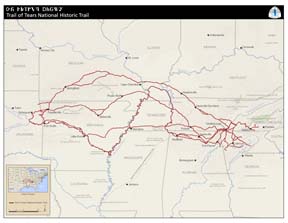













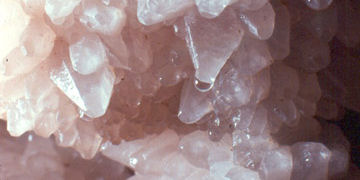
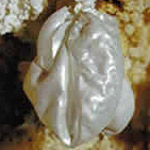



shaina.jpg)

